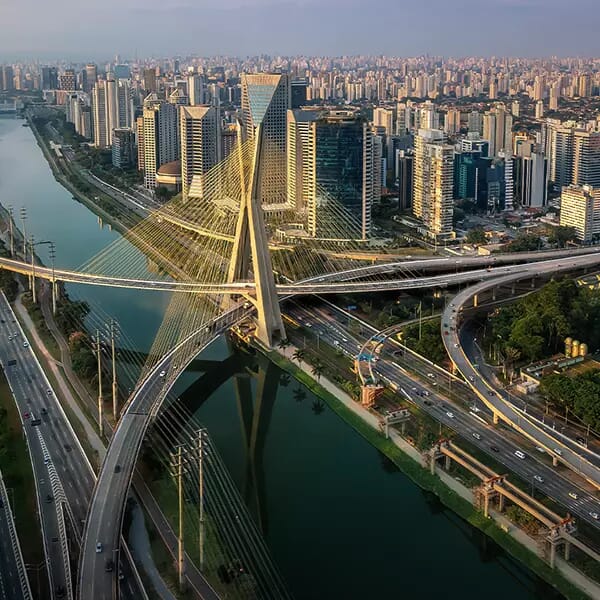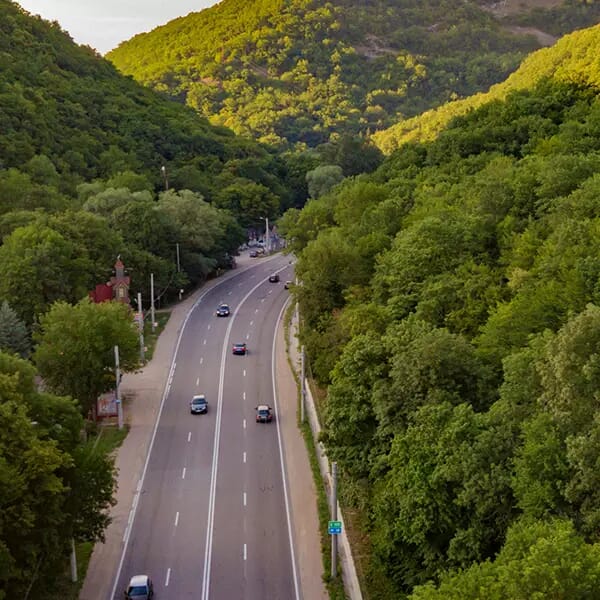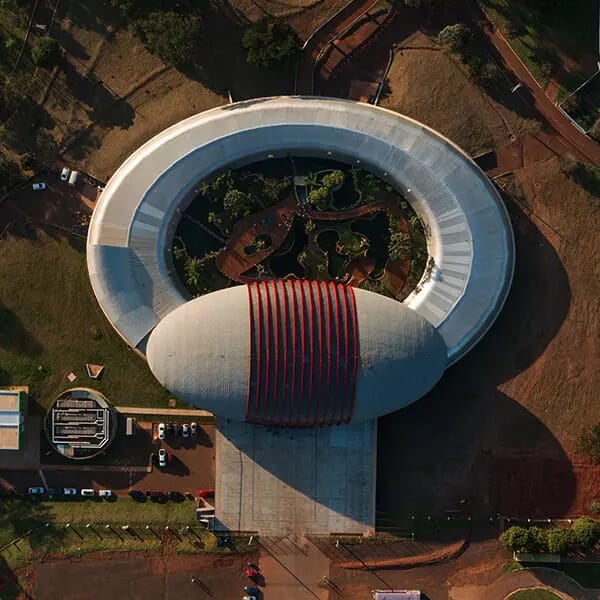 Credit: Pankaj Kumar / Unsplash
Credit: Pankaj Kumar / UnsplashUpgradation of Indian Railways - Are we on the right track?
 Credit: Andrew Coop / Unsplash
Credit: Andrew Coop / Unsplash
Gaining Modal Share in Freight
One of the key themes of the sector is focused on increasing the modal share of railways in freight which has been declining over the past decade. The role of railways in the subcontinental peninsula cannot be underplayed or overplayed. It is pertinent that railways play a huge role in passenger transportation as well as freight transport.
Share of Indian railways in freight traffic (in net ton km) has been languishing at 35% from a great mark of 85%. This decline is on account of faster development and penetration of other modes of transport. The economic development and the sub-geographic development in terms of production and consumption has created more freight centres, which are catered to with a better ease via modes of transport like roads. Over 750-1000km is covered by inbound and outbound freight, making freight a viable product for railways. The originating traffic accounts for about 1200mn tons with an ambition of achieving the herculean task of growing up to 2500mn tons.
There are three aspects to be focused on to achieve growth in freight, (i) capacity (ii) delivery expectations and (iii) certainty on time and price.
First obstacle is capacity. The focus of the Indian railways has been on large infrastructure category goods with no offering for small manufacturing. Second being the delivery expectations, the expectation of the consumer is that cargo is transported in the same condition. The Indian railways doesn’t give any form of assurance to customers and is quite prone to accounts of pilferage creating a distrust in the consumers. Lastly, the consumers wish that the consignment is delivered at the destination at a pre-determined price and time. Indian railways have a multitude of financing, accounting, engineering policies resulting in not only freight charges but also other levies making the product pricing complicated. The dedicated freight corridor is one step that brings predictability in time taken to deliver the product which is priced at a given freight rate. The price points in the dedicated freight corridor is not expected to be influenced by the input cost, enabling move towards a pre-determined pricing model.
The industry participants believe that the Indian Railways should continue to own the infrastructure and maintain the infrastructure with the flexibility of permitting the others to operate, develop terminals with specific terminals to address the private user’s requirements. This would help in the Indian railways gaining share in freight transportation.
 Credit: Den Belitsky / Envato Elements
Credit: Den Belitsky / Envato Elements
Developing Freight Corridors
Currently, 2 freight corridors are on the charts, one being the Eastern dedicated freight corridor of 351km spreading from Khurja to Bhaupur and Western dedicated freight corridor of 306 km from Rewai Madar being commissioned. The next leg of western dedicated freight corridor is expected to start soon.
One of the aspects on which the Indian Railways competes with the road transportation is that in the case of roads, the transporter is able to provide door to door delivery whereas in the case of Railways the consumer has to manage the transport to and from the station. As a result, road transport is usually more favoured by the consumers. Integrating door to door services is planned in DFC.
The dedicated freight corridors help in fulfilling the requirement to increase the capacity by creating through running tracks with a maximum capacity generator of 120 number of trains. Also, the transit time in the dedicated freight corridors are likely to be more reliable.
Further with the dedicated freight corridor, the freight charges are intended to shift from a predetermined tariff to marginal cost approach. Using the road transport operating charges and setting that as a base price for roll on roll off. The price is expected to be dependent on the demand supply dynamics. The business partners of DFC will be responsible for arranging traffic prices in consideration of track access charges in PPP sector or multiple operator tracks. Each sector is identified separately with specific pricing to come out separately.
Monetisation of DFC
Statements have emanated for the parliament on how the monetisation process is going to be underway. The intent is once the corridor is commissioned the Indian Railways would monetise the asset either through disinvestment or listing, as the true value of the corridor cannot be captured until the entire corridor is completed.
Further, there are plans of monetisation of assets - optical fibres, good sheds, in phases which is likely to help in reducing operating costs.
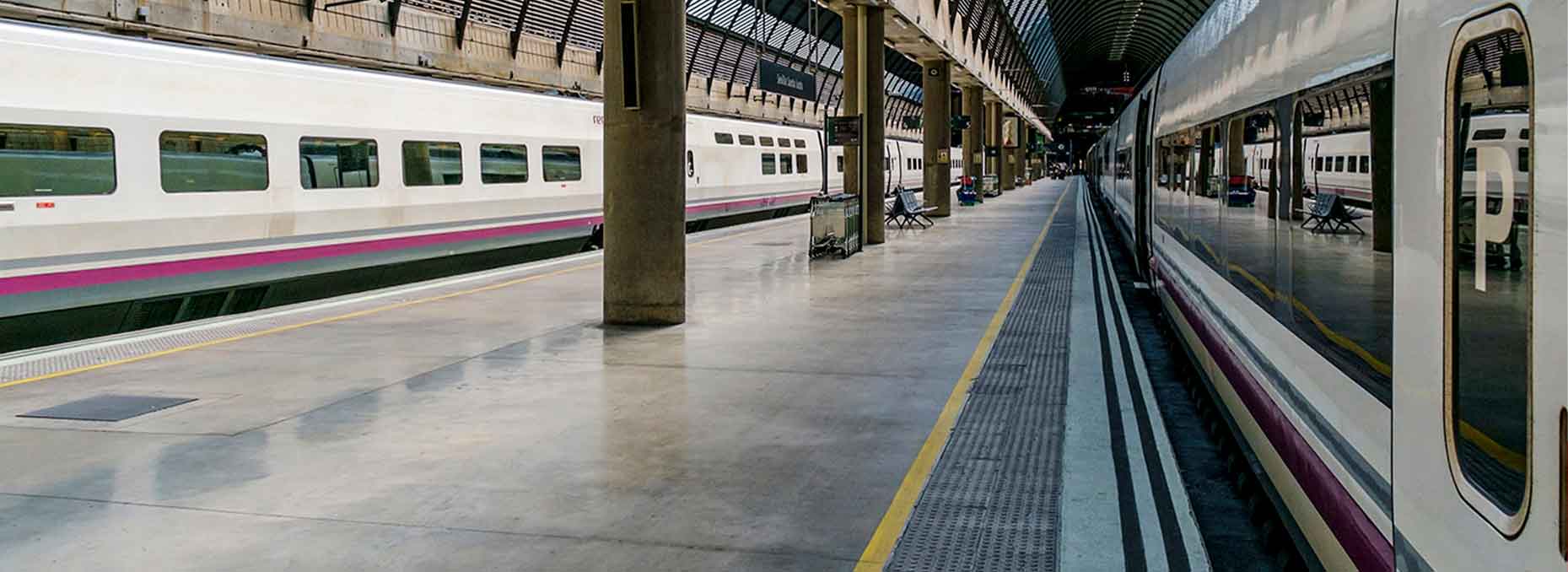 Credit: Mint_Images / Envato Elements
Credit: Mint_Images / Envato Elements
Redevelopment of Railway Stations
The vision for station redevelopment is for the stations to be made more passenger friendly. Further the plan for redevelopment can help in creating another form of revenue by way of user charges and development fees. Redevelopment of stations is akin to doing an open-heart surgery on an athlete while he is running a marathon, given the nature of purely brownfield assets. This entails a great financial burden on the redeveloper.
The commercial attractiveness of these redevelopment projects varies on the potential and the time taken to realise the returns. The authorities have indicated towards mostly single stations with aggregation wherever possible. The only requirement to be fulfilled by the bidders is the financial eligibility criteria.
The idea is to bring operational and financial efficiency along with the surrounding development. Commercial formulated guidebooks have been prepared for developers with a focus on how to preserve, protect and enhance heritage. Further, a model document has also been finalised. The authority is planning to adopt the guidebook after global consultations. A lot of ground has already been covered in the redevelopment. It has been a slow start to the station redevelopment endeavour, however it is picking up some pace since the last 2 years, which makes the once dis-satisfied private developers hopeful.
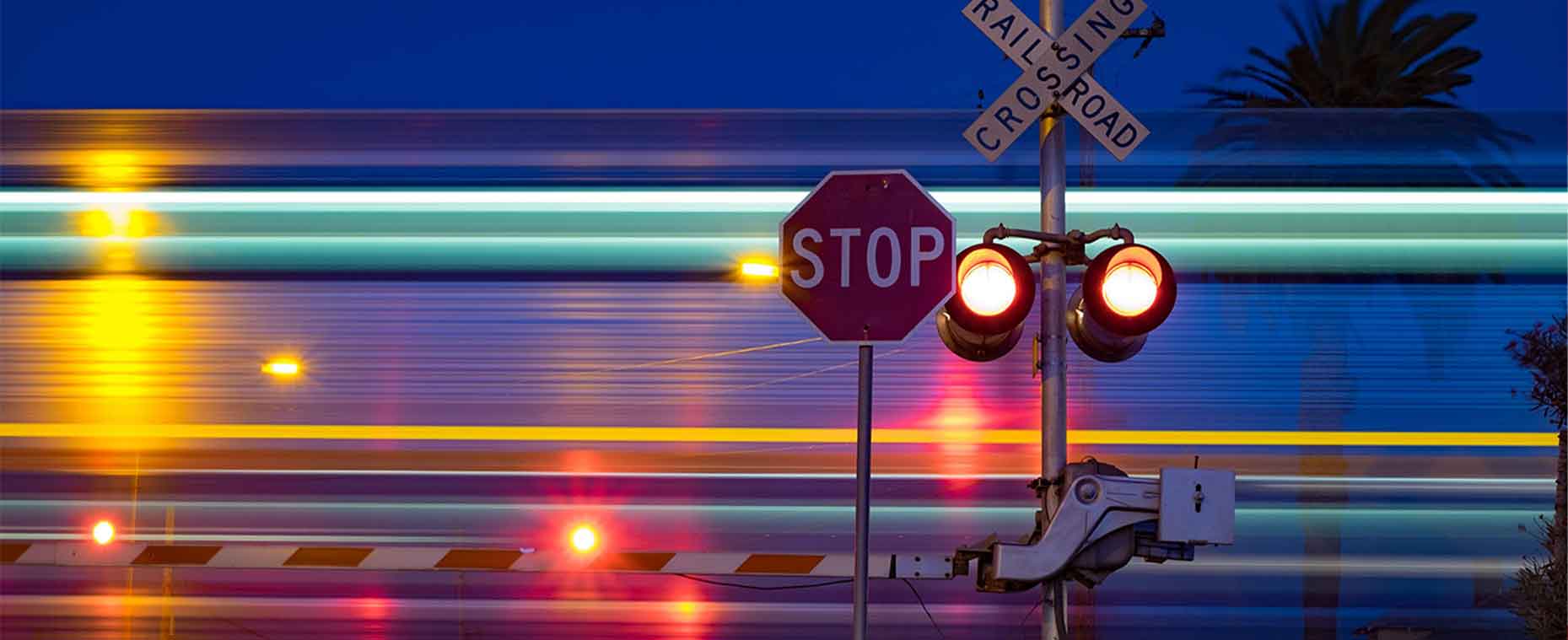 Credit: Jad Limcaco / Unsplash
Credit: Jad Limcaco / Unsplash
Barriers to Private Participation
The private sector players hold a great desire to enter into the Railways whether through station redevelopment or freight corridors or any other business opportunities. The opportunities of mobilization for private sector investments is in station redevelopment, high speed rail, and track widening. However, these opportunities are taking too long to materialize.
Further, another con with the Indian Railways is the risk sharing and penal chargers. There are clauses on penal charges for delay to be paid to Indian Railways which to the minds of the industry participants is unreasonable. The cost structure is also questionable, the Indian Railways expect a revenue share along with haulage charges.
Another aspect is that the Indian Railway in the given circumstances is going to be the competitor to private operators. Being the service provider and the arbitrator creates a conflicting situation. An external regulator regulating Indian Railway and the new private sector entrants is a must to bring in private public partnerships in Railways.
While the talks about privatisation of Indian Railways have been on the table for a while there is no feasible network or legal frame ready for such private investments yet.
The long term plans in the development of Railway involves $ 800,000 billions with the focus being on revolutionizing the way Railways operate. The decision to upgrade the Railways infrastructure is an economic decision driven by the impact of a case where there is a lack of one. Due to this a large part of infrastructure developments has to be allocated for development and upgrading of Railways.
To see a surge in private participation, it is important for the decision makers in Indian Railways to have trust in the intent and competency of the private sector. This mind set change will definitely lead to an improved private sector participation Indian Railways.
PwC
At PwC, our purpose is to build trust in society and solve important problems. We’re a network of firms in 158 countries with more than 2,36,000 people who are committed to delivering quality in assurance, advisory and tax services. Find out more and tell us what matters to you by visiting us at www.pwc.com.
In India, PwC has offices in Ahmedabad, Bengaluru, Chennai, Delhi NCR, Hyderabad, Kolkata, Mumbai and Pune. For more information about PwC India’s service offerings, visit www.pwc.com/in.
PwC refers to the PwC International network and/or one or more of its member firms, each of which is a separate, independent and distinct legal entity. Please see www.pwc.com/structure for further details.
Our Office
India - Mumbai
252 Veer Savarkar Marg,
Next to Mayor’s Bungalow
Ganpat Rao Kadam Marg,
Shivaji Park, Dadar
Mumbai 400 028
